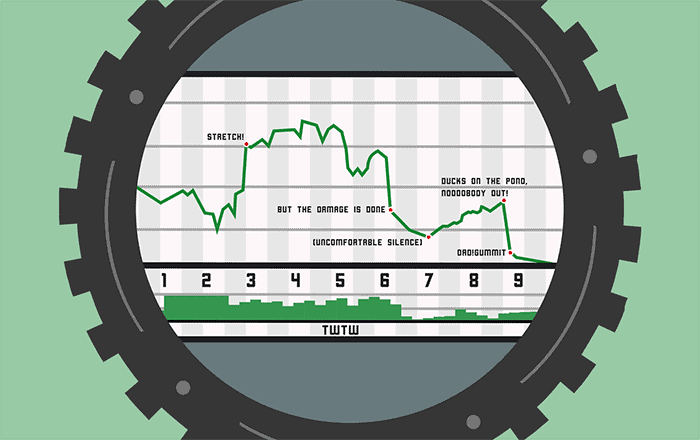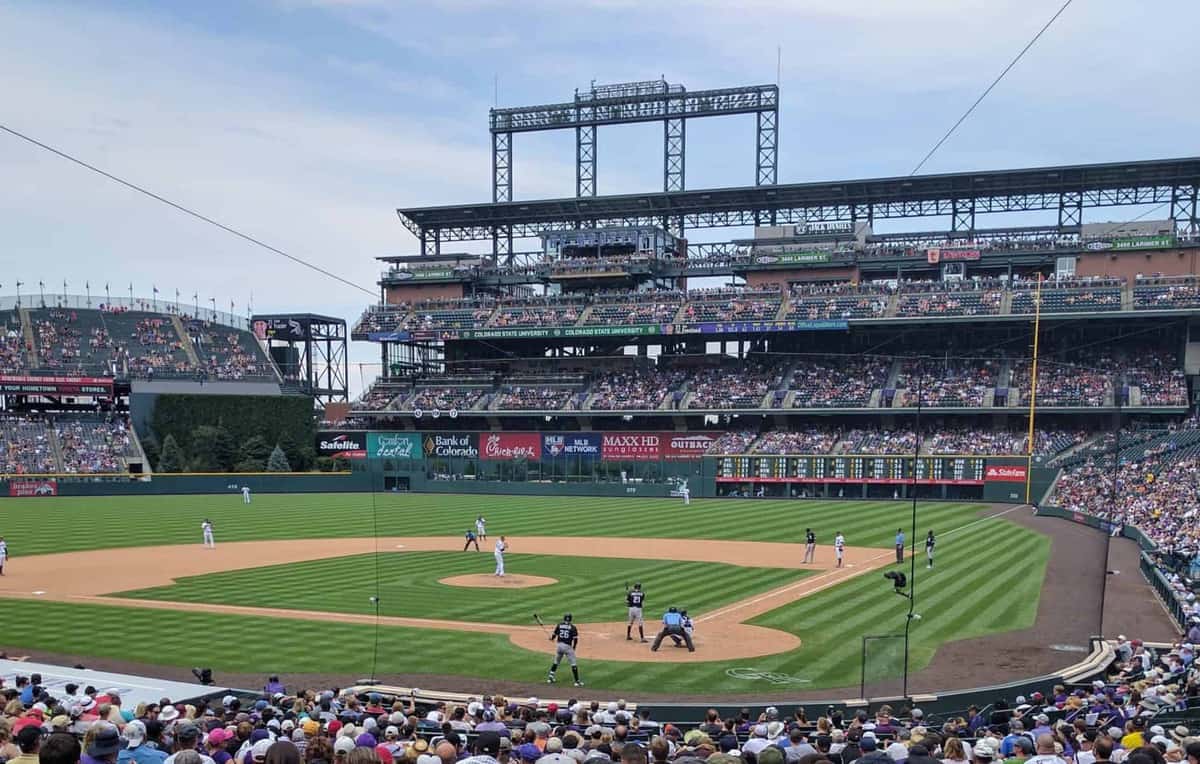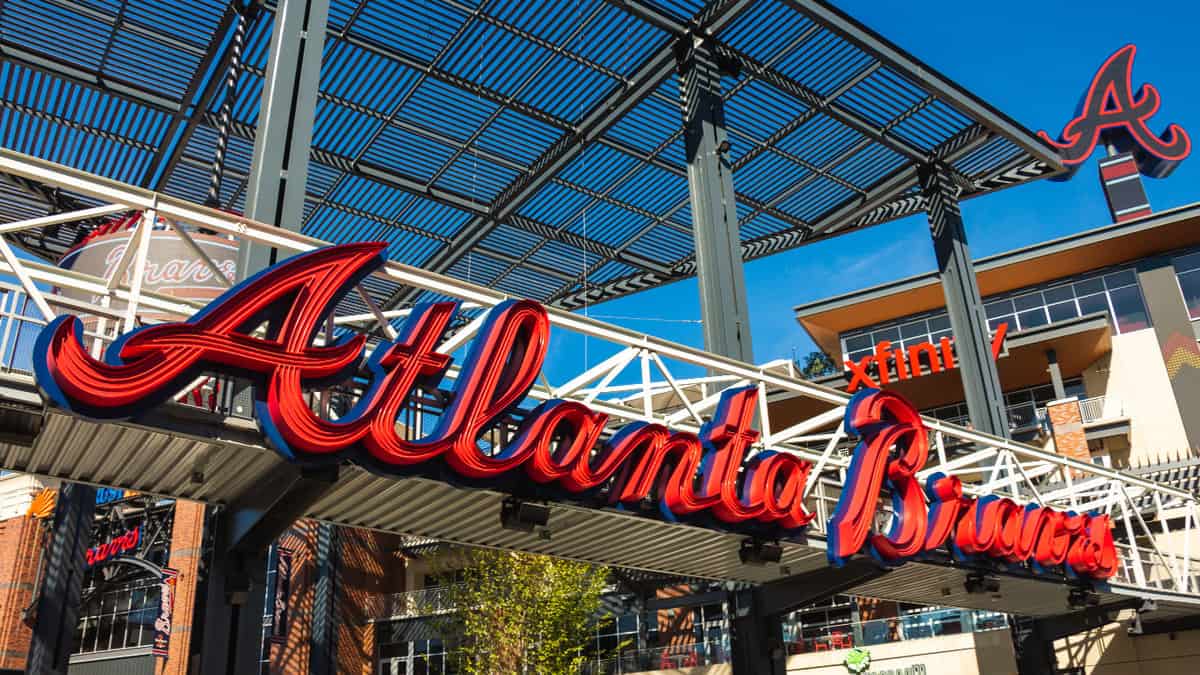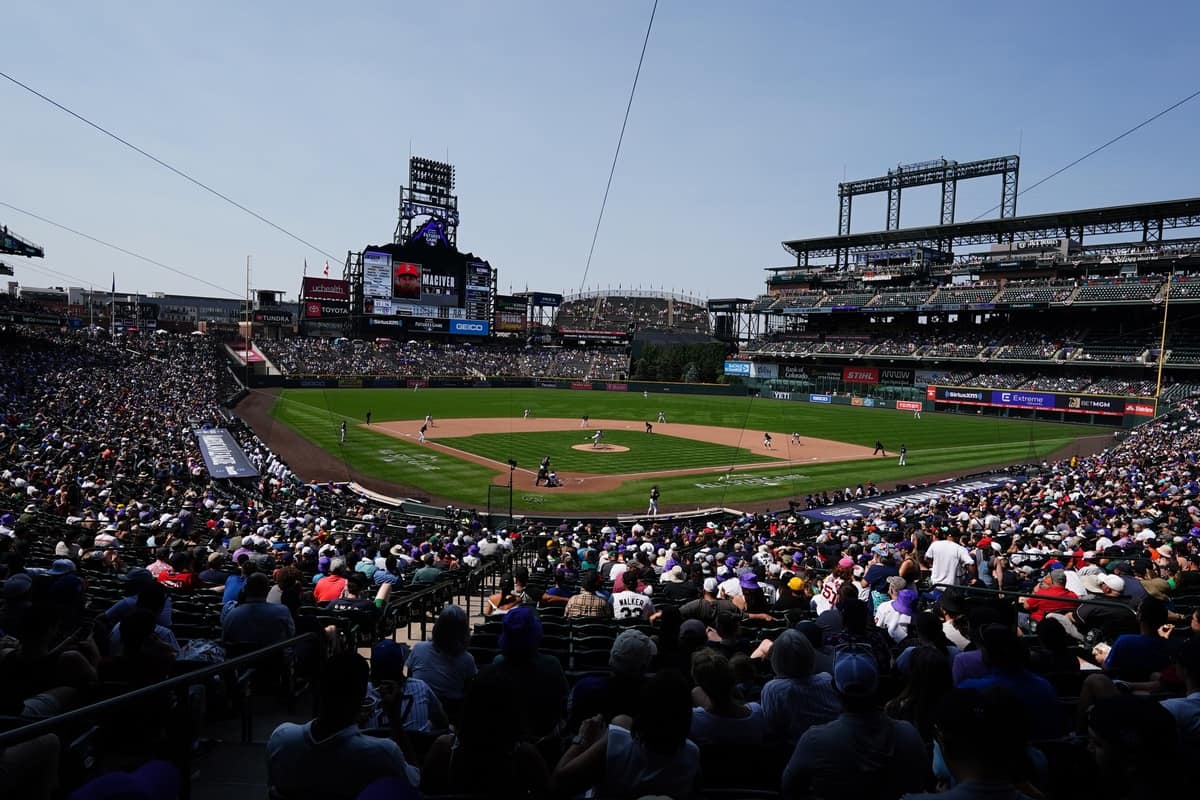The Birmingham Barons finished the season with the Southern League's worst record in 2023, and thoroughly so. They had the worst record in the first half by six whole games at 25-44, and they had the worst record in the second half, albeit by a mere one-game margin, at 26-43.
It was a whole-roster problem, as you might imagine, but one side of the ball healed itself over the course of the season. The offense was below average, but their under-performance was within a standard deviation ...
| Hitters | Age | R/G | BB% | K% | AVG/OBP/SLG |
|---|---|---|---|---|---|
| Birmingham | 24.0 | 4.62 | 10.2 | 24.3 | .238/.326/.374 |
| League | 23.6 | 5.09 | 11.2 | 25.3 | .243/.340/.400 |
... and it could generally be explained away. Colson Montgomery and Bryan Ramos weren't around for the first couple months, which was the time where Major League Baseball imposed the enhanced-grip baseball on the Southern League to make life difficult for rank-and-file hitters. When the standard baseball returned for the second half, most of the scuffling hitters experienced significant upticks, and they produced an average amount of runs, more or less.
The pitching staff, on the other hand, had no such defenses:
| Pitchers | Age | R/9 | BB% | K% |
|---|---|---|---|---|
| Birmingham | 24.0 | 6.44 | 13.1 | 23.6 |
| League | 24.3 | 5.28 | 11.2 | 25.3 |
Birmingham pitchers gave up 408 runs in the first half, 36 more than the next-closest team. When the standard baseball returned, they gave up 448 runs, 24 more than the next-closest team.
And even when the pitching staff filled out with guys like Nick Nastrini, Ky Bush and Jake Eder after the trade deadline, the tide didn't rise. Nastrini pitched well, but moved up to Charlotte after four starts, while the others fit right in with disappointing performances.
As you might expect, the individual write-ups are a lot more promising for the position players. Brian Bannister can't help soon enough.
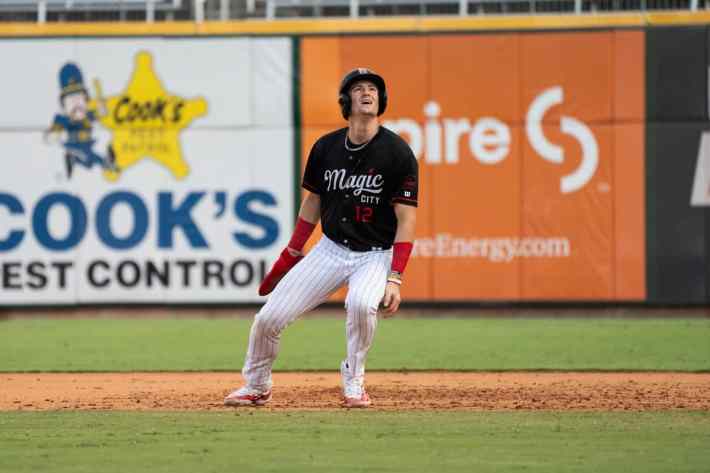
Hitters
Colson Montgomery: After a fatigued 14 games with Project Birmingham at the end of the 2022 season, Montgomery's highly anticipated return to the Barons was delayed until August as he worked his way back from back and oblique problems. His 27 games tuning up in the ACL and Winston-Salem gassed up his numbers to laughable degrees:
- ACL/W-S: .348/.528/.565,. 31 BB, 20 K, 4 HBP over 127 PA
- Birmingham: .244/.400/.428, 25 BB, 36 K, 9 HBP over 167 PA
Watching him over three games in Birmingham in the Barons' last home series of 2023, I wondered whether his back was still affecting him. He went 1-for-9 with two walks, an HBP and four strikeouts, watching an awful lot of pitches. In the field, I noticed he was doing a lot more twisting, stretching and rolling between pitches than any of his teammates around the diamond. Put those observations together with a pessimistic assessment about his defense from FanGraphs, and I wondered how much he was relying on his plate discipline to get by while not feeling his best.
Maybe there's something to it, or maybe I just happened to catch him at the tail end of his worst professional stretch. That Biloxi series extended a slump to 3-for-33 with 13 strikeouts over 11 games. But then he went on to Chattanooga and raked, going 9-for-25 with a homer, two doubles, and more walks (three) than strikeouts, and now he's faring well in the first week of Arizona Fall League play.
The questions about his shortstop play are legit, but probably best answered after a full, healthy offseason. Regardless of whether a position change is necessary, he's still the best prospect the White Sox have drafted in forever as long as his core doesn't fail him on a routine basis.
Bryan Ramos: Despite dealing with various ailments here and there -- shoulder fatigue in 2022, and a groin strain that delayed the start of his season until late May this season -- Ramos' steady ascent is seemingly impossible to stop:
- 2021: .761 OPS with Kannapolis at age 19
- 2022: .821 OPS with Winston-Salem at age 20
- 2023: .826 OPS with Birmingham at age 21
He continues to do just about everything well -- draws enough walks, hits for enough power to make his strikeout rate tolerable, and I don't see why he can't stick at third base.
One potential weakness emerged in his game this season, as that .826 OPS was heavily influenced by his production against lefties (.405/.488/.730), whereas he managed just a .219/.316/.361 line against righties. This is the first year he's shown any kind of traditional platoon divide, so perhaps this is just a strange small sample, but since it could also be the effects of more advanced pitching, keep an eye on it.
Edgar Quero: The question was whether the White Sox would pay the price for the sins of the Angels, who skipped Quero past High-A. A Double-A assignment at age 20 is difficult enough, but then you add the effects of the enhanced-grip baseball supplied to the Southern League, and it didn't do him any favors. He still managed to survive, hitting .246/.386/.332 for Rocket City, but the power disappeared, and his catching still required work, so it seemed like the Angels put a little too much on his plate.
But maybe the Angels merely lowered his stock enough to make him attainable for two impending free-agent pitching before the deadline. Quero hit .277/.366/.393 after the trade, finishing at .255/.380/.351 for the season. It wouldn't be surprising if he started next year at Birmingham, because he needs a little more impact with his contact, and he also was behind the plate for 117 stolen bases over 95 games. He doesn't turn 21 until April, so there's nothing wrong with that.
Wilfred Veras: Speaking of 20-year-olds hanging tough at Double-A,. I've had Veras just outside my top 10 list for a couple of cycles, but not for anything he's done particularly wrong. He strikes out five times for every walk, sure, and he's bounced around different positions in search for a home, but he's produced around his shortcomings every season, and 2023 was no exception. He hit .286/.325/.466 between Winston-Salem and Birmingham, and his better work came at the tougher level:
- Winston-Salem: .277/.316/.438 over 402 PA
- Birmingham: .309/.346/.533 over 162 PA
He also benefited from the widespread adoption of pace-of-play rules, stealing 24 bases in 31 attempts. That would suggest that he's more athletic than the first-base-only forecast that's been applied to him, and it seems like his effort to shape himself into a corner outfielder is sticking. He's not the most fluid runner out there, but he made all the plays in the series I saw him, and his arm can work for right. Everything that gives him a margin for error helps, in the event his aggressive approach starts backfiring on him.
Terrell Tatum: Tatum has more than made up the ground that he lost with the amphetamine suspension that cost him the second half of 2022. He played 125 games and racked up 552 plate appearances divided exactly evenly between WInston-Salem and Birmingham, but unlike Veras, he did feel the effects of the more advanced level:
- Winston-Salem: .268/.434/.421, 21.0% BB, 25.0% K
- Birmingham: .230/.361/.315, 15.2% BB, 29.0% K
- Total: .268/.434/.421, 18.1% BB, 27.0% K
The good news is that Tatum didn't lose any of his basestealing verve. He went 32-for-41 in Winston-Salem, followed up by a 15-for-15 performance with Birmingham, alleviating my fears that he'd merely been exploiting a level of baseball he was a little too advanced for.
That allows him to focus entirely on his bat-to-ball abilities. He's one of the rare White Sox prospects who is comfortable working deep counts, but somebody who finishes a year with six homers shouldn't finish with 149 strikeouts. If he can somehow gain control of that, at least facing right-handed pitching, he could be a platoon option, because he can play center field and definitely cover left.
Luis Mieses: Mieses' hard-earned progress stalled in 2023, as he hit just .236/.257/.356 over 115 games for Birmingham while striking out 113 times against just 14 walks. It's even worse if you remove June 28 from the equation, when he went 6-for-6 with three homers against Rocket City, including one against eventual teammate Ky Bush. The enhanced-grip ball didn't do him any favors, but then he hit .230/.241/.339 with just three walks over 170 plate appearances, so the standard baseball didn't help him much, either.
Alsander Womack: Another rare source of plate discipline, Womack hit .260/.360/.362 while playing 99 of his 113 games in Birmingham. He drew 60 walks (along with eight HBPs) against just 80 strikeouts. If he had Tatum's defensive capabilities, he'd be a real prospect, but the reason he went undrafted in 2021 was that it's unclear where his body will allow him to fit defensively. He's listed at 5'9" and 205 pounds, and both might be generous. He moves better than you'd expect, and he plays the game with a lot of personality, but without even real doubles power, there isn't a whole lot to keep his lone plus tool from disintegrating against pitchers who have good enough stuff and control to throw him strikes.
Tim Elko: Elko spent half of his season embarrassing Low-A pitching, which explains how he ended up leading all White Sox minor leaguers in homers (28) and RBIs (106). He fared even better with Winston-Salem than he did with Kannapolis, so the White Sox challenged him with a third level for the final month-plus.
Birmingham's where he met his match. He hit .269/.292/.431 with 49 strikeouts against just three walks over 137 plate appearances. He belted six more homers, sure, but breaking balls had been giving him problems, and Biloxi spammed him with fastballs above the zone when I saw him. Perhaps late-season fatigue was part of it, because the guy played 131 games in his first full pro season, but this could also be where a 10th-round pick touches ceiling.
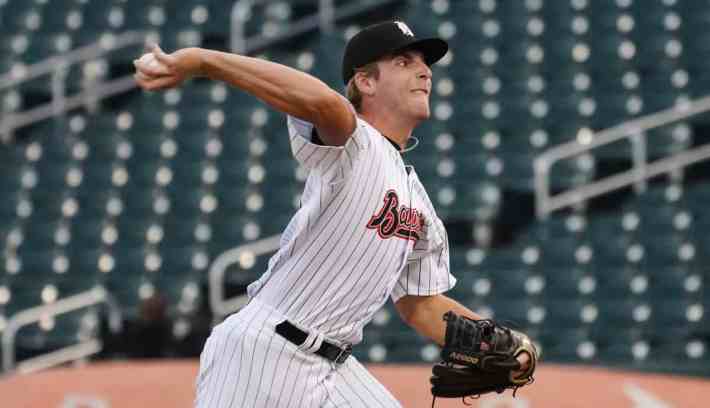
Pitchers
Jonathan Cannon: That Cannon was the White Sox's Futures Game representative had more to do with the state of the White Sox farm system, and his subsequent performance with the Barons didn't support the national nod. He posted a 5.77 ERA even with the benefit of nine unearned runs over 48⅓ innings.
Yet it's far from all bad. He finished fourth in the system with 121 innings in his first professional season, and a half-season look at Double-A is a good position for a third-round pick to be. He still throws six pitches and can hit 97, so he has an awful lot to work with, and his control was fine. From talking to Danny Farquhar and watching him pitch, my sense is that he could be fine -- like, a back-end option -- as a sinker-slider guy, but he's trying to miss more bats, and isn't that good at it yet.
Jake Eder: Coming off Tommy John surgery, this should have been a forgiving year for Eder as he worked his way back into shape as a promising starting pitching prospect. Then he became The Guy Who The Sox Traded Jake Burger For, and the 11.42 ERA in Birmingham posed real problems. He didn't have his pre-surgery stuff nor his pre-surgery control -- he walked 15 and plunked another six over 17⅓ innings -- and the Sox cut off his regular season early in order to send him to their pitch lab in Arizona, where they could work on adjustments prior to the Arizona Fall League. We can scout him off the stat line a little bit in fall ball, but a full, normal offseason might be what he needs.
Matthew Thompson: Progress is hard-earned for Thompson, who once again made every start and set a career high with 124⅓ innings. He also blasted past his career high in walks with 85, along with three HBPs and 17 wild pitches. The strike zone has been tougher for him to find in Double-A, which might a reflection of his margin for error. When he's on, he looks like somebody who might be worthy of a call-up to the majors at some point in 2024. When he's off, the counts are never in his favor, so it's hard to tell what his best potential sequences are. Oddly, he handled lefties really well for a right-handed pitcher (.174/.305/.281), while righties gave him hell (.292/.396/.506). Perhaps that's why the Sox have been emphasizing working on his slider, but without fastball command, he might not be able to set it up.
Ky Bush: Groin and oblique issues delayed Bush in his quest to build upon his successful 2022 season at Double-A, and when he returned to Rocket City prevented the Angels' second-round pick from 2021 from building upon his successful 2022 season, the same control wasn't there. Just like Quero, the Sox are hoping the struggles allowed the Sox to buy low in the Lucas Giolito-Reynaldo López trade. The Sox made some changes to his approach, including moving him to the other side of the rubber, and he had his best start for Birmingham on the last day of the season, so we'll have to see if that portends a rebound.
Mason Adams: Last year's 13th-round pick capitalized on every opportunity, opening the season as a bulk guy/long relief for Kannapolis, and finishing the year in Birmingham's rotation. He posted a 3.14 ERA across the three levels, with 125 strikeouts against 29 walks over 109 innings. He's in some ways the pitching equivalent of Elko, as the Sox let him pile up numbers as somebody old for the level with the Cannon Ballers, then shot him up to Double-A after brief dominance with Winston-Salem. He only got three starts for the Barons, where he walked eight guys but otherwise limited damage over 13⅓ innings. In the game I saw him, he worked 90-93 and hitters were able to extend at-bats against him, but he'd also surpassed the 100-inning mark for the first time in his career. Perhaps a fresher Adams will have a little more to show the Southern League in terms of arm strength. If he doesn't, then maybe his high-80s slider will be leading his path forward, because that could mask the lack of top-end velocity.
Jared Kelley: For a brief moment, it looked like something clicked for Kelley in WInston-Salem's bullpen. The Sox moved him to second-pitcher/bulk-boy duties after a disastrous season-opening run in the rotation, and he allowed just one run over 14⅔ innings while striking out 22 guys over a four-game stretch. He regressed over the next three outings, but the Sox still sent him to Double-A, where he spent most of the season battling the strike zone. He recorded more walks (29) than strikeouts (28) over 23 innings, and he also allowed a line of .351/.512/.536. He pitched three innings a couple of times, but otherwise he wasn't efficient enough to build up his workload beyond that of a standard reliever. I can't figure out why the Sox handled Kelley the way they did. It might not be in the top three reasons why Kelley stalls out at one level or another, but the Sox certainly invited scrutiny when it might not have been necessary.

